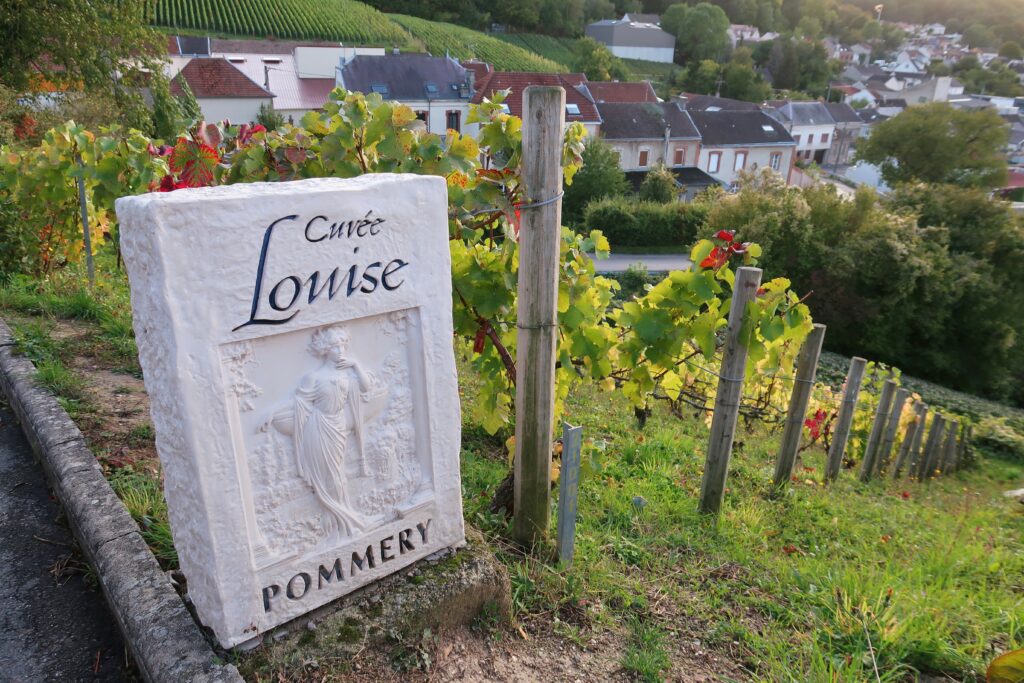
As the world's leading wine producer, France boasts a multitude of vineyards, grape varieties and prestigious labels. Côtes-de-Provence, Beaujolais, Alsace, Médoc, Champagne, Saint-Emilion, the famous names are legion in the four corners of France. Here's our ranking of the country's top wine-tourism destinations.
1. Bordeaux
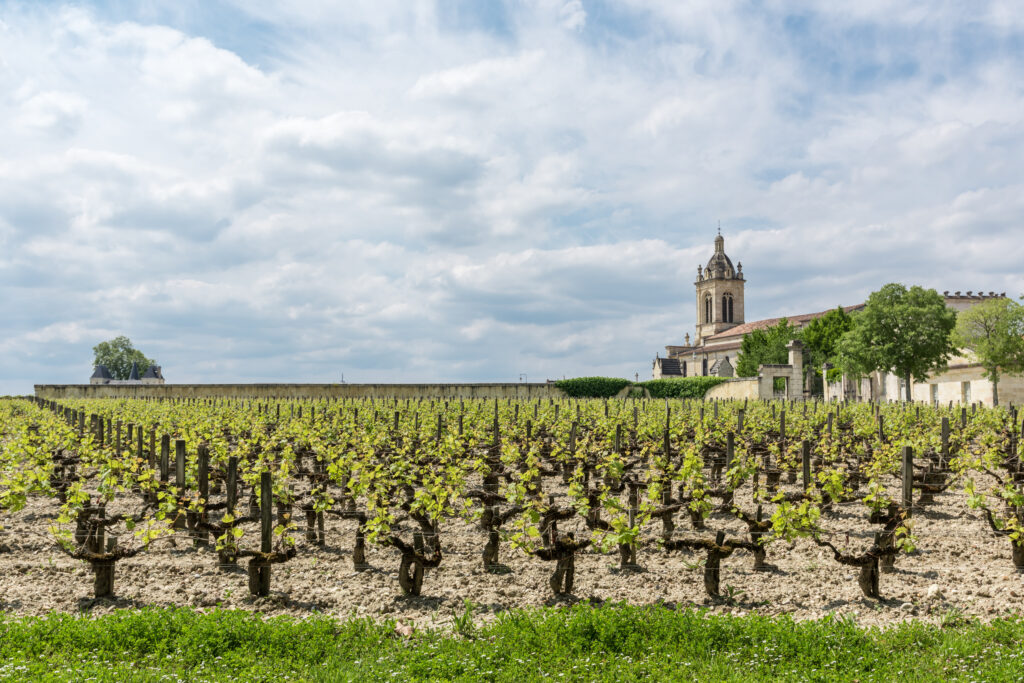
The Bordeaux vineyards are subdivided into several zones: Médoc, Blayais et Bourgeais, Libournais, Entre-deux-Mers, Graves and Sauternais. The Médoc vineyards produce exclusively red wines, divided into two main appellations: Haut-Médoc and Médoc. In this area, there are wines classified as Grands Crus, including Château Margaux, premier Grand Cru Classé. Opposite, on the right bank of the Gironde estuary, are the vineyards of Blayais and Bourgeais. Further down, the Libournais region stretches along the right bank of the Dordogne. Five vineyards are involved: Saint-Emilion, Pomerol, Fronsac, Castillon and Côtes-de-Francs. During your stay around Bordeaux, here are some of our must-sees: take a tour of Saint-Emilion, a magnificent medieval town founded in the 8th century and listed as a UNESCO World Heritage Site. Between the Dordogne and Garonne rivers, the Entre-deux-Mers region offers a landscape of vine-covered hills. In all, eight vineyards and ten appellations make up the territory. Finally, let's finish our tour of the Bordeaux region with two appellations on the Graves road: Graves and Sauternais. Thirteen red wines and nine white wines are classified as Grands Crus.
2. Burgundy, one of France's top wine-tourism destinations
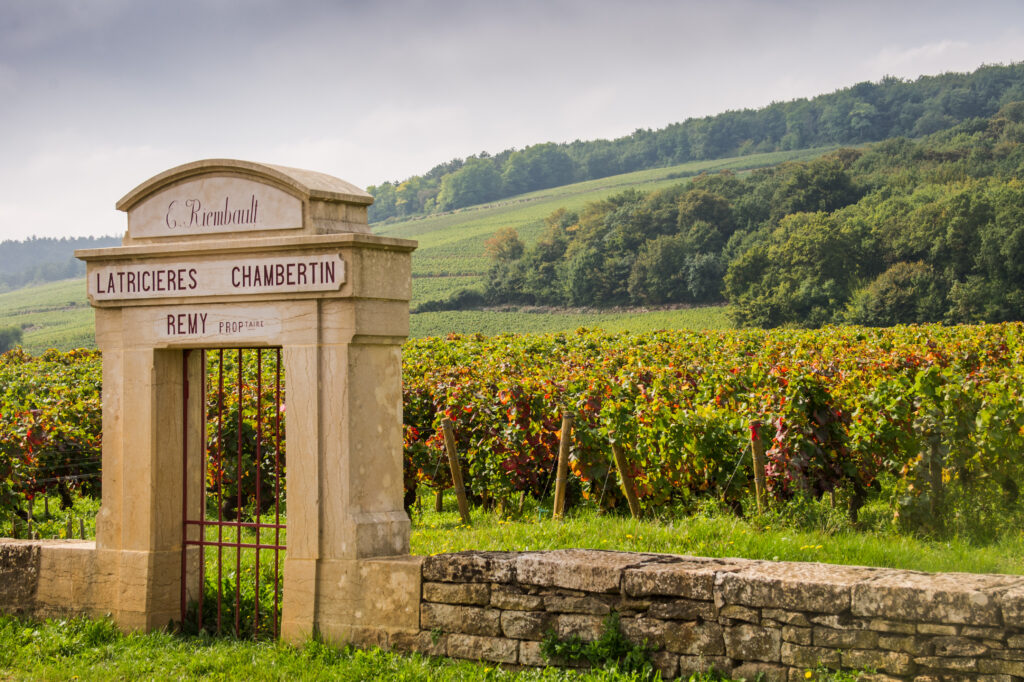
Gevrey-Chambertin, Vosne-Romanée, Mâcon, Pouilly, Chablis, Nuits-Saint-Georges, Pommard and Meursault... For centuries, Burgundy wines have been recognized and celebrated as some of the best and most prestigious in the world. Present in 5 major production regions and based on 5 grape varieties (pinot noir, gamay, chardonnay, aligoté and sauvignon), their climats created by Cistercian monks in the Middle Ages have even been classified as a Unesco World Heritage Site. The Burgundy-Franche-Comté region , whose 21 must-see sites are listed below, is keen to raise awareness of the richness of this heritage and the expertise of its passionate winegrowers, many of whom have been handed down from generation to generation, and is multiplying its most ambitious tourist and educational projects. To the delight of the many lovers of these exceptional wines.
3. Saint-Emilion
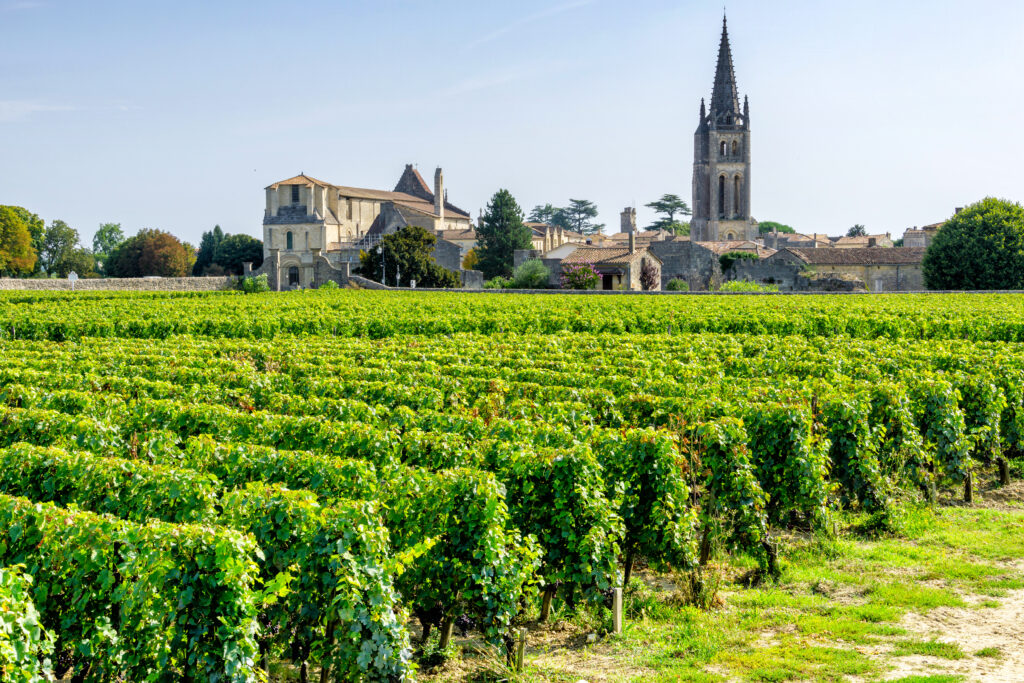
In the Nouvelle-Aquitaine region, here are our 15 must-sees: Saint-Émilion, the first vineyard to be listed as a UNESCO World Heritage Site, offers remarkable landscapes, a rich historical heritage, exquisite flavors and the irresistible charm of its authentic town. Of all the villages in France, Saint-Émilion stands out for its exceptional concentration of historic monuments. These include the troglodytic church of Saint-Pierre, built between the 9th and 12th centuries, as well as the quarries, catacombs, Madeleine chapel, commandery, Cordeliers convent and Dominicans convent. Saint-Émilion is also of symbolic importance as a stopover on the road to Santiago de Compostela.
4. Languedoc, one of France's top wine-tourism destinations
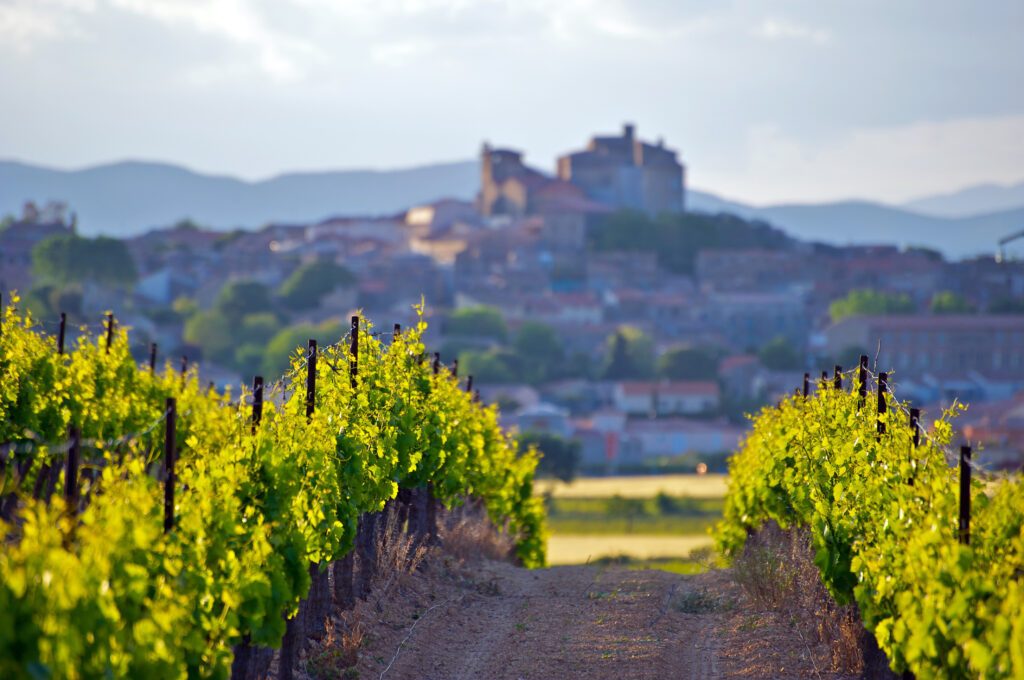
Languedoc-Roussillon stands out as France's leading wine-growing region. With more than 2,000 years of history, its vineyards are highly diverse, thanks to the variety of its soils. The "Languedoc" appellation covers a vast area stretching from west of Nîmes to Limouxin and the Naurouze threshold. The hierarchy of Languedoc-Roussillon AOC wines is well established. Above this grand appellation are sub-regional appellations such as côtes-du-roussillon, costières-de-nîmes, corbières, minervois, fitou, cabardès, malepère, limoux, saint-chinian, faugères, coteaux-du-languedoc, grès-de-montpellier and terrasses-du-larzac. Finally, at the top of this hierarchy are the communal appellations such as minervois-la-livinière, corbières-boutenac, pic-saint-loup...
5. Alsace
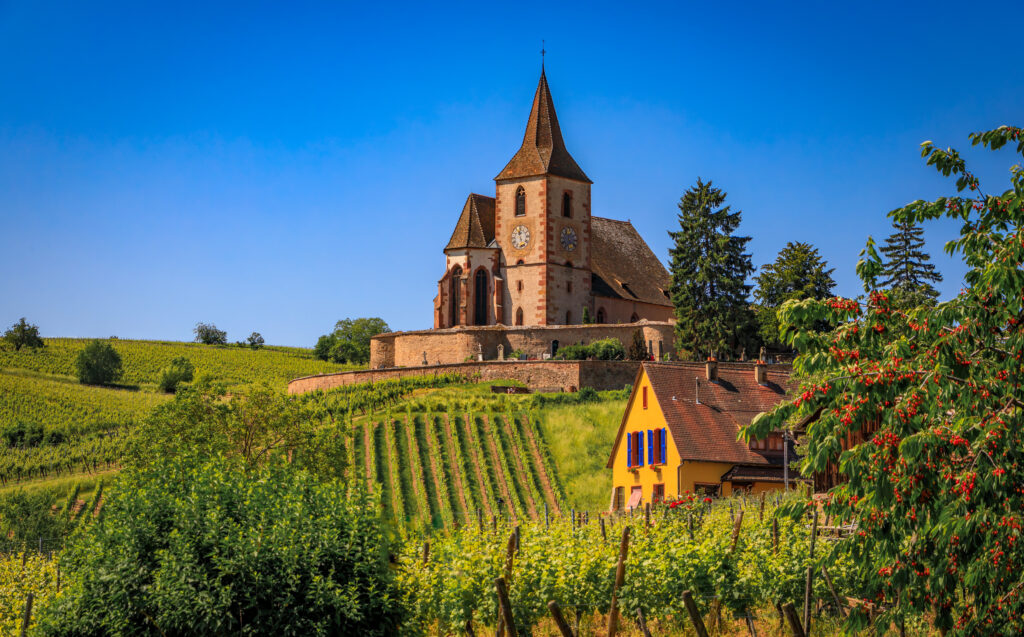
Inaugurated in 1953, the Alsace Wine Route is the oldest of its kind in France. Along its picturesque route, you can visit 70 villages, many of which are renowned for their wine-growing traditions. The Alsace Wine Route invites visitors to discover the wealth of Alsace's heritage. Tasting workshops, wine and gastronomy fairs, wine festivals, gourmet walks, picnics at the winegrower's and a day at the grape harvest: the calendar is packed with events.Alsace, with its 17 must-sees and must-visits, provides the most northerly nectars in France. Set off from Than in search of Rangen, one of France's only volcanic terroirs, and push on to Wissembourg, on the German border, to taste the speciality, Crémant d'Alsace. Riesling, sylvaner and gewurztraminer are the only grape varieties to have given their names directly to white wines.
See also our dedicated article Top 15 of Alsace's most beautiful villages (and towns) to visit.
6. Provence
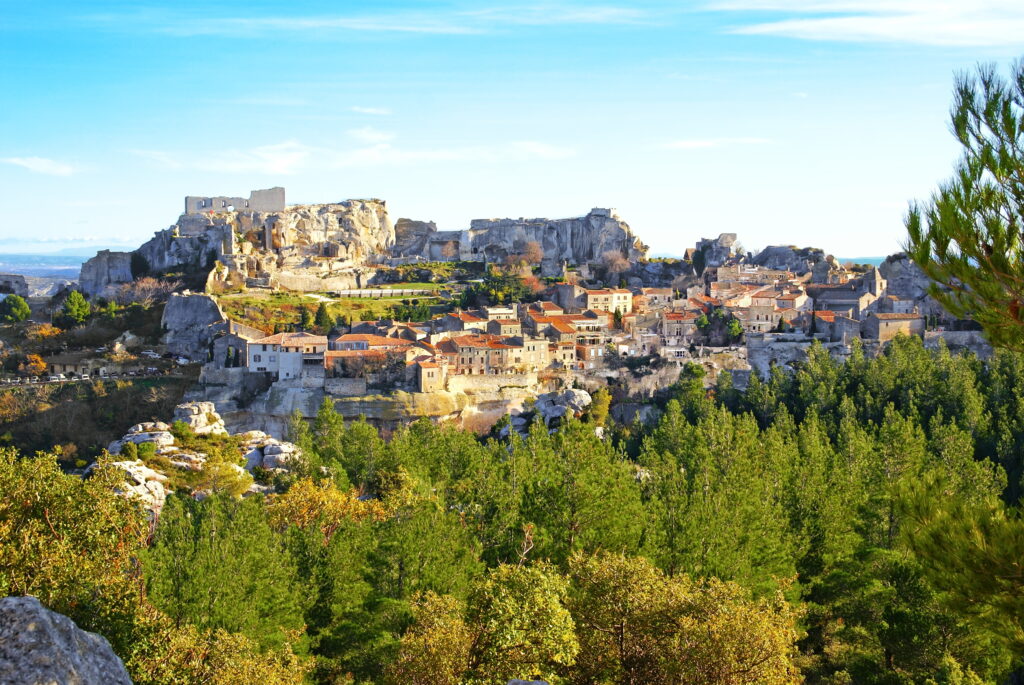
Provence is home to many renowned appellations: Bandol, Baux-de-Provence (Les), Cassis, Coteaux-d'aix-en-provence, Coteaux-varois-en-provence, Côtes-de-provence. The Côte-du-Rhône vineyards of Vaucluse are divided into three zones: AOC Côtes du Rhône, AOC Ventoux and AOC Luberon. AOC Gigondas and AOC Vacqueyras to the north complete the richness of Provence's reputation around the world. The result of age-old Provencal know-how, rosé is the most delicate wine, but also the most difficult to make. Provençal red wine is lively, fruity and young. The white wine produced here loves to bring its fruitiness to seafood. Equally patient, it can wait a few years to blossom with white meats or certain cheeses.
Discover our selection of the 15 most beautiful villages in the Provence-Alpes-Côte-d'Azur region!
7. The Rhône Valley, one of France's top wine-tourism destinations
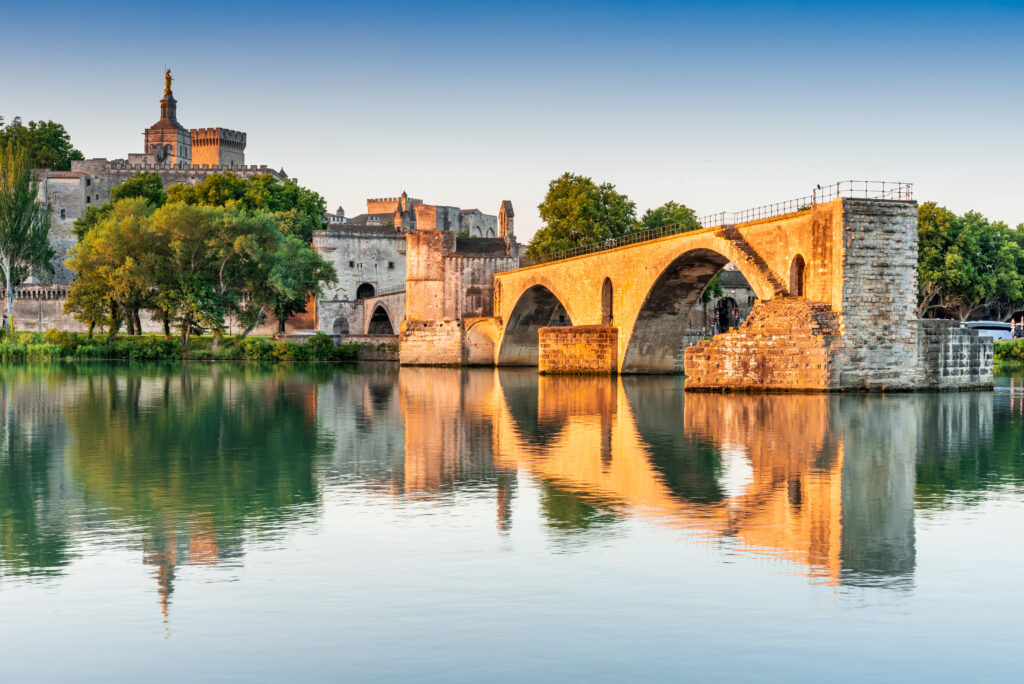
From Vienne to Avignon, the vineyards of the Rhône Valley (second only to Bordeaux in terms of production of AOC wines) stretch along both banks of the eponymous river. It is divided into two distinct zones, from north to south. On one side, the northern Rhône valley stretches from Vienne to Livron-sur-Drôme, offering appellations such as Côte-Rôtie, Saint-Joseph, Crozes-Hermitage and others. On the other, the southern Rhône valley, from Montélimar to Avignon, is renowned for appellations such as Grignan-les-adhémar, Châteauneuf-du-pape, Gigondas, etc.
8. Aquitaine
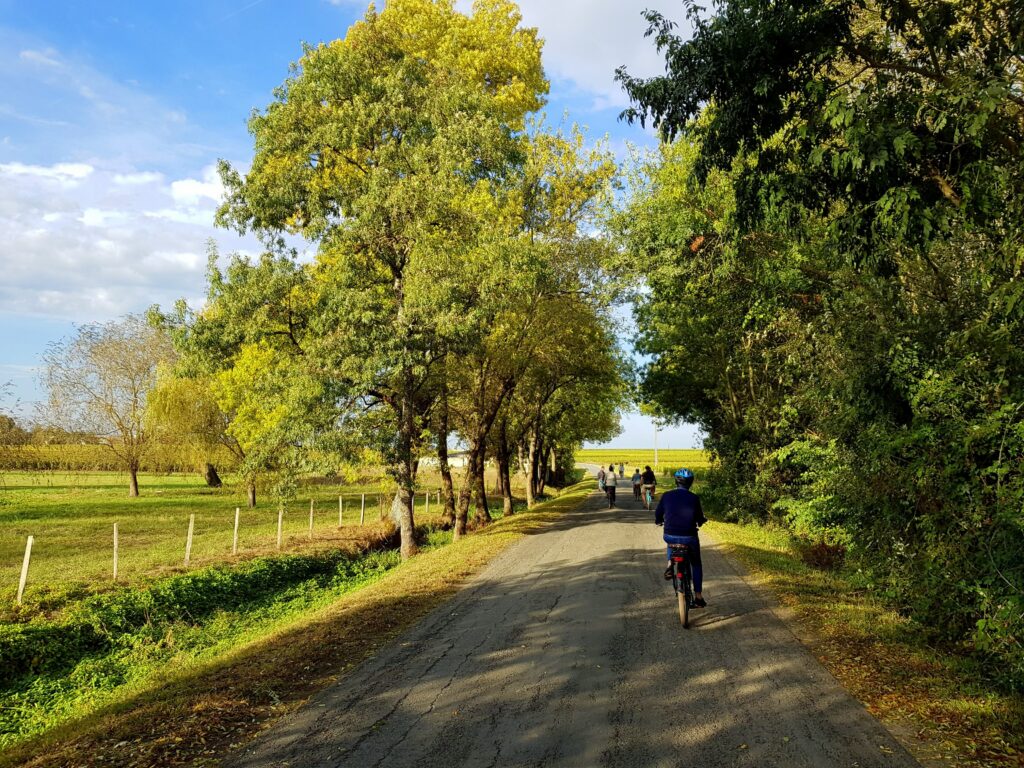
Vines have been grown in this mild, sunny southwestern region since ancient times. It was in the 19th century that owners and wealthy merchants invested and built the famous châteaux, planting even more vines. Wine tourism is becoming increasingly popular, proving that the authenticity of France's wine products and heritage is seductive. While Bordeaux, which can be visited in 2 days, is world-renowned for its famous Grand Cru Classé wines, the rest of the region has nothing to be ashamed of in terms of production. The Landes vineyards produce full-bodied, spicy wines, while the Basque country is home to a number of winegrowing nuggets, all too often in the shadow of the wine capital.
9. Champagne, one of France's top wine-tourism destinations
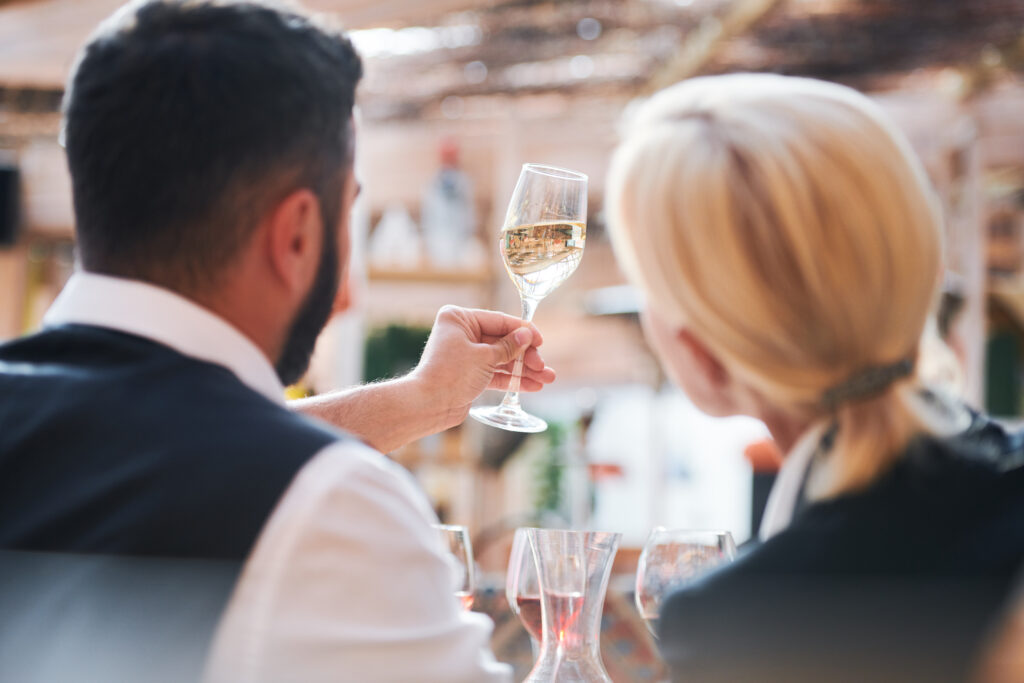
Spread over five departments - Marne, Seine-et-Marne, Aisne, Haute-Marne and Aube - the Champagne vineyards cover 32,000 hectares. The first vines were planted on these lands in Gallo-Roman times and up until the 17th century. They produced a very pleasant gray wine that could only be kept in the bottle, hence the natural production of sparkling wine. One man decided to turn this fermentation effect into a winemaking technique: a Benedictine monk from Hautvillers Abbey, now known worldwide as Dom Pérignon! He laid down the main principles of champagne, starting with its grape varieties. Only three grape varieties are used to make Champagne: pinot noir, pinot meunier (two red grapes) and chardonnay (white grape). All combinations are possible within this trio, resulting in an unsuspected array of champagnes.
10. Beaujolais
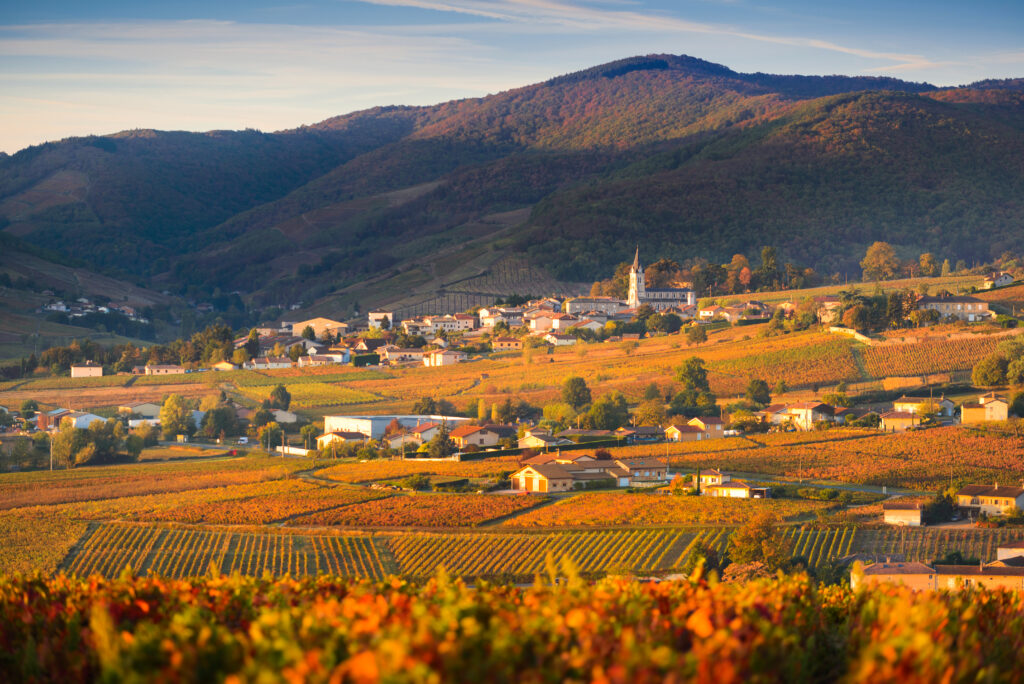
Beaujolais is first and foremost Beaujolais, a range of wines with strong personalities, from Beaujolais Nouveau (the most extensive appellation, part of which can be enjoyed as early as November) to the ten Beaujolais crus (Brouilly, Chénas, Chiroubles, Côte-de-Brouilly, Fleurie, Juliénas, Morgon, Moulin-à-Vent, Régnié and Saint-Aamour) and the Beaujolais Villages, spread over 38 communes. This homogeneous range meets all the expectations of spontaneous, lively consumption, and opens up all the pleasures of tasting, from aperitifs to celebrations with friends, to gourmet meals.
11. The Loire Valley, one of France's top wine-tourism destinations
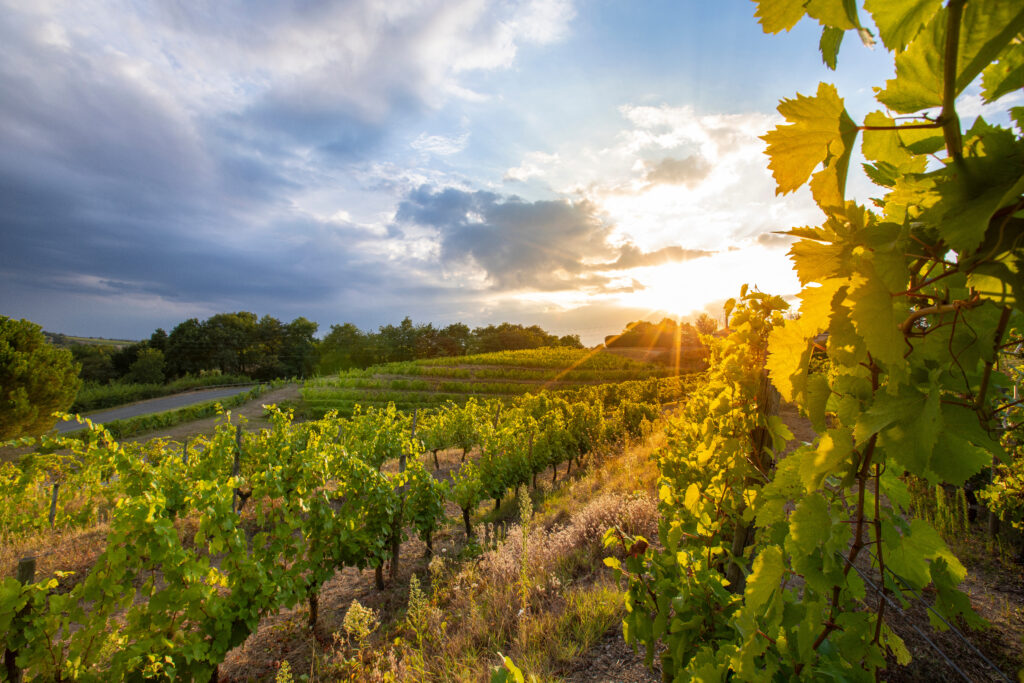
A stay in the Loire Valley is a wonderful opportunity to sample the pleasures of wine. Not surprising, given that it's quite simply the third largest vineyard in France. From Orléanais to Sancerrois, Touraine and Anjou, vineyards decorate the land here and there, offering visitors a multitude of experiences. And while cellar visits and convivial wine-tasting are a must, vineyards are also superb green landscapes in which to stroll, particularly in Maine-et-Loire and Anjou, where here are our top 15 most beautiful spots.


